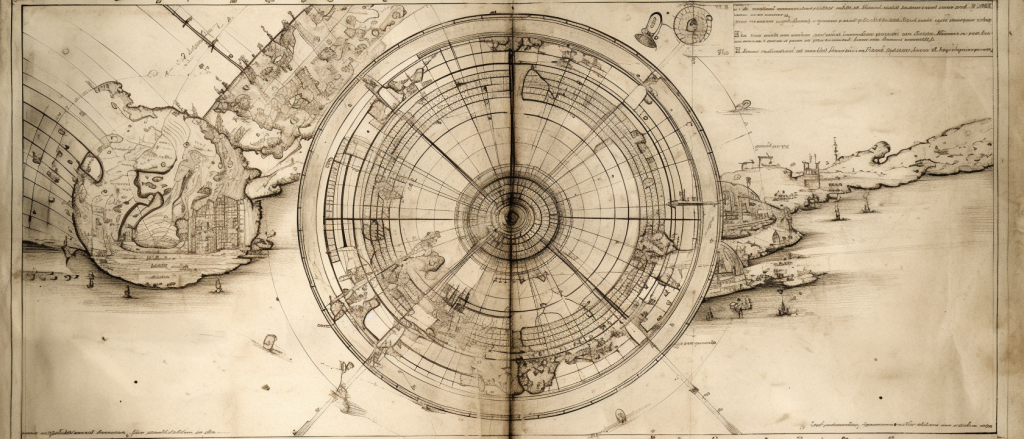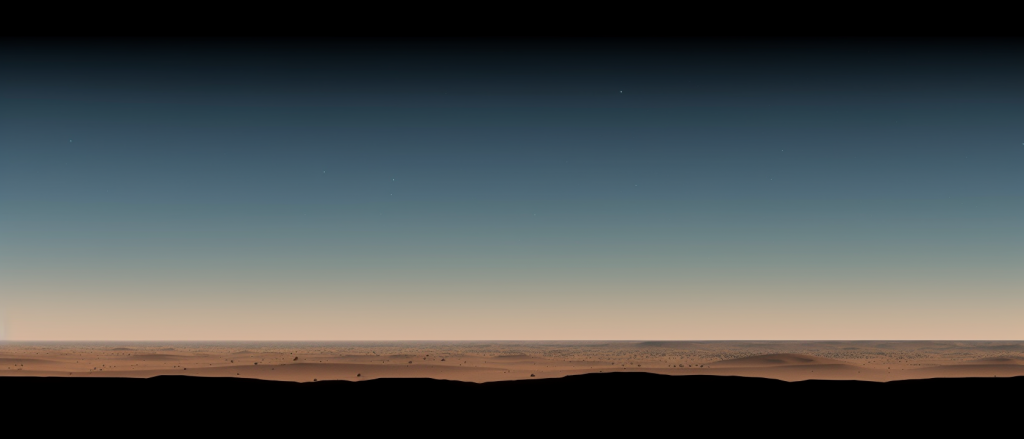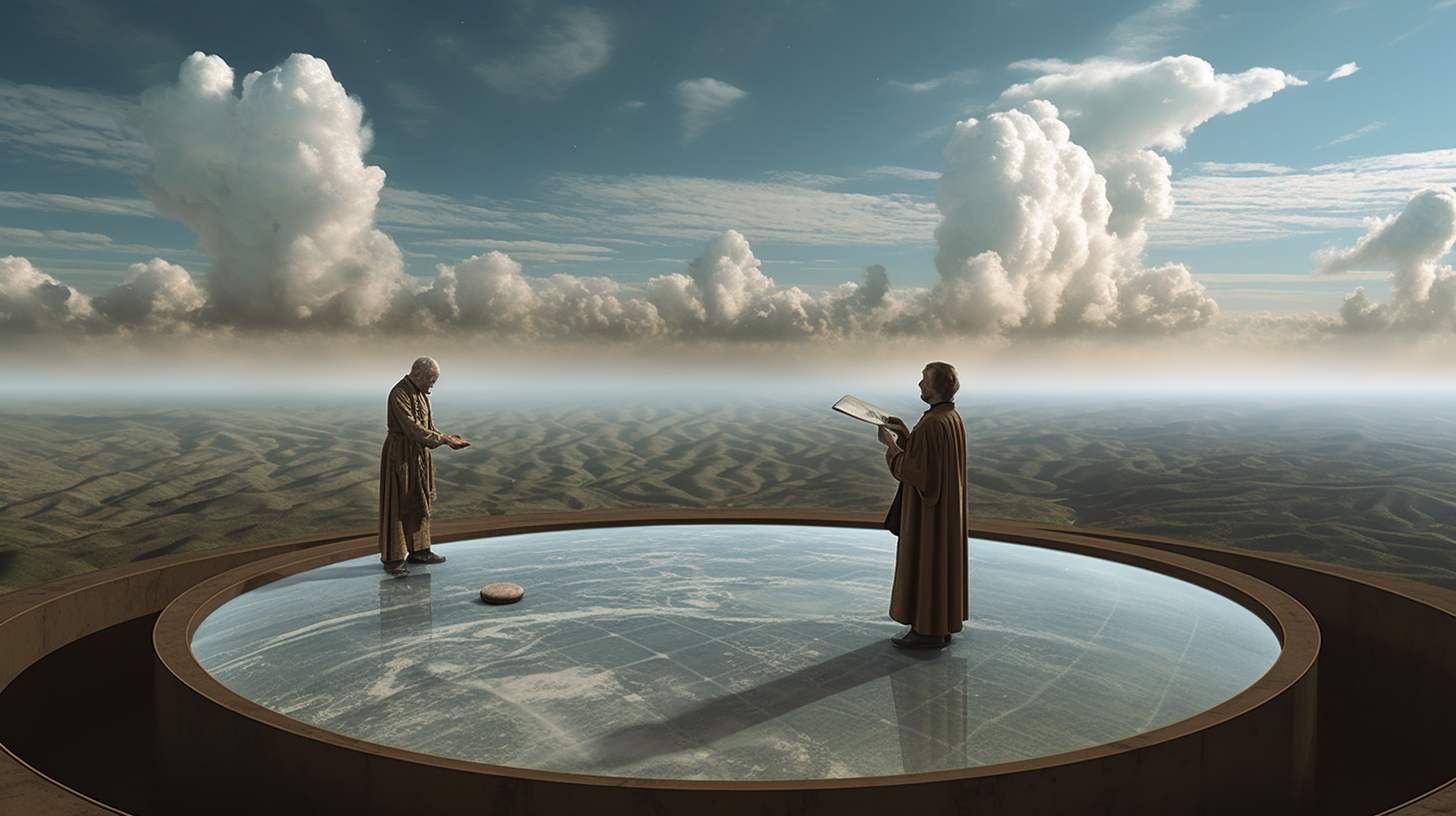Despite overwhelming scientific evidence pointing to the Earth being an oblate spheroid, there remains a small yet vocal group of individuals who fervently believe in the Flat Earth Theory. This controversial belief posits that our planet is flat, rather than round, and is often accompanied by alternative explanations of gravity, space exploration, and other phenomena. In this article, we will delve into the origins of the Flat Earth Theory, examine its arguments, and explore the reasons behind its continued popularity in some circles.

The Origins of the Flat Earth Theory
The concept of a flat Earth has been around for centuries, dating back to ancient civilizations such as the Babylonians and ancient Egyptians. However, it was the ancient Greeks who first provided evidence for a spherical Earth. Around 240 BCE, the Greek mathematician Eratosthenes calculated the Earth’s circumference with impressive accuracy, supporting the spherical Earth model.
Despite this evidence, the idea of a flat Earth continued to persist in some communities throughout history. In the 19th century, English writer Samuel Rowbotham published a book called “Zetetic Astronomy: Earth Not a Globe,” which revived the Flat Earth Theory and garnered a small but dedicated following.
The Arguments of the Flat Earth Theory
Flat Earth proponents present various arguments to support their belief. Some of the most common claims include:
- The Horizon: Flat Earthers argue that the horizon always appears flat, no matter the observer’s elevation. They believe this contradicts the idea of a curved Earth, which should reveal a curved horizon.
- Gravity: Some Flat Earth believers propose alternative explanations for gravity, suggesting that the Earth is accelerating upward at 9.8 meters per second squared or that the force of gravity is an illusion created by electromagnetism.
- Space Exploration: Flat Earth proponents often dismiss space exploration, including moon landings and satellite imagery, as elaborate hoaxes designed to maintain the spherical Earth deception.
- Airplane Flights: Flat Earthers contend that airplanes would need to constantly adjust their altitude to account for Earth’s curvature, which they claim does not occur during flights.

The Reasons Behind the Flat Earth Theory’s Popularity
The continued popularity of the Flat Earth Theory may seem perplexing in the face of overwhelming scientific evidence. However, several factors contribute to its persistence:
- Distrust of Authorities: Some individuals harbor deep mistrust of governments, scientists, and other authorities, leading them to question widely accepted beliefs and embrace alternative theories.
- Social Media and the Internet: The rise of social media and the Internet has allowed Flat Earth believers to connect, share ideas, and reinforce their beliefs in echo chambers.
- Desire for a Sense of Belonging: Some individuals may be drawn to the Flat Earth Theory because it provides a sense of belonging to a unique, like-minded community.
- Appeal to Simplicity: The Flat Earth Theory offers a simpler model of the world that may be more appealing to some individuals than the complexity of modern scientific knowledge.

Moving Forward: Embracing Science and Encouraging Dialogue
In today’s interconnected world, it is more important than ever to promote scientific literacy and critical thinking. Encouraging people to question and explore ideas is a vital part of this process, but it must be done with an emphasis on reliable evidence and established scientific principles.
To bridge the gap between those who accept mainstream scientific consensus and those who entertain alternative theories like the Flat Earth, we must be willing to listen and engage in respectful, evidence-based conversations. By doing so, we can foster an environment where differing opinions can coexist, and we can work together to seek the truth.
Educators, scientists, and communicators have a responsibility to provide accurate, accessible information about the shape of the Earth and the principles of physics, astronomy, and geology that underpin our understanding of the world. By making this knowledge readily available, we can empower individuals to make informed decisions about the validity of alternative theories and contribute to a more scientifically literate society.
In conclusion, while the Flat Earth theory may not hold up to scientific scrutiny, it serves as a reminder that our understanding of the world is ever-evolving. As we continue to explore the depths of human knowledge and the universe around us, engaging in open, respectful dialogues about alternative beliefs is crucial to fostering a greater understanding of the world we all inhabit. By embracing science and promoting constructive conversations, we can work together to dispel misinformation and build a more informed and united global community.
Conclusion
The Flat Earth Theory is a fascinating example of a belief system that persists despite strong scientific evidence to the contrary. While its origins date back centuries, modern technology and social media have provided new platforms for its proponents to share their views and find support within their community. As we continue to explore the depths of human knowledge and the universe around us, it is essential to understand the reasons behind such alternative beliefs and engage in open, respectful dialogues to foster a greater understanding of the world we all share.




